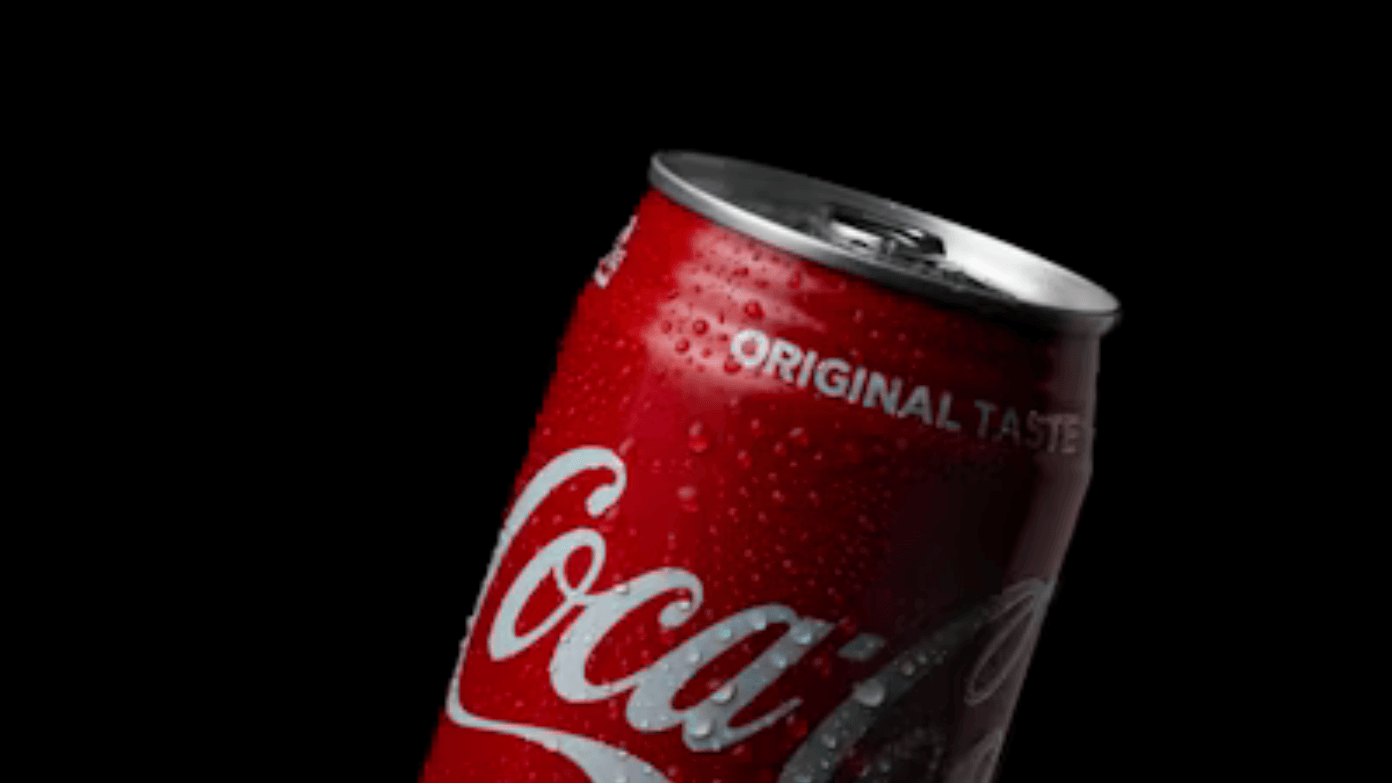Coca-Cola reported in its second-quarter earnings release that a new, domestically made cane-sugar version of its iconic cola will hit American retail shelves this autumn. It came five days after President Donald Trump took to Truth Social to pen that he had persuaded the company to “use REAL cane sugar” because “it’s just better.” Even though Coke executives claim that the idea was already underway, they also freely “appreciated the president’s enthusiasm,” and thereby created a presidential preference into a marketing bonanza.
What exactly is changing?
The old corn-syrup formula will not be altered; instead, the company will develop a parallel SKU sweetened with cane sugar made here at home. The product name, package and exact release date are still a mystery, but CFO John Murphy told Fortune in an interview that the variant has been “in development for 12-18 months,” a hint that the rollout is a national one rather than a test market. Coke already makes cane-sugar cola internationally—most notoriously the glass-bottled “Mexican Coke” sold here—and even introduces Passover corn-syrup-free Passovers. The new drink simply offers to American consumers the same option in mainstream stores.
The taste–and-health debate
Those in favor of the change believe that cane sugar has a cleaner taste and avoids the lingering aftertaste for which high-fructose corn syrup (HFCS) is occasionally criticized. Health Secretary Robert F. Kennedy Jr. has condemned HFCS as “a recipe for obesity and diabetes” and thereby has hailed cane sugar as a symbolic victory for his Make America Healthy Again campaign. Nutrition scientists are less than certain. Both sweeteners contain roughly 50% glucose and 50% fructose and are equal in calories and equal in their metabolic risk when eaten in excess. As Dr. Dariush Mozaffarian of Tufts University describes, “For all practical purposes, they’re the same.”
Substituting even some of Coke’s US volume for cane sugar is more expensive than making it with subsidized corn syrup because decades-old tariff-rate quotas keep U.S. sugar prices well above the world price. Reflexivity analysts estimate the level of extra sugar required for full conversion at 1.4 million metric tons annually, but Coca-Cola is starting small—a “viable option,” rather than an overhaul. It is domestic cane sugar that is cultivated in Florida, Louisiana and Texas; these three states would benefit if demand does increase, while corn refiners risk job losses in their sector. CEO James Quincey acknowledged the higher cost of ingredients but argued that customers will pay a premium to taste perceived differences in quality.
Competitive context: A sweetener arms race
Coca-Cola’s move is part of a broader industry shift toward “real sugar” and natural sweeteners. PepsiCo itself recently launched Pepsi Prebiotic Cola with cane sugar and highlighted fiber, and craft soda brands like Maine Root and Boylan make their brand identity cane sugar authenticity. By adding a cane-sugar flagship brand, Coca-Cola eliminates the competitive edge of Mexican Coke imports and appeals to an increasingly large consumer base that equates cane sugar with authenticity.
Trump, notorious for the Diet Coke button on his Oval Office desk, now claims partial credit for a change that will please populist and retrograde voters alike. The timing allows the president to brag about the rollout during the fall campaign season, reinforcing his administration’s spin of prodding corporations to “bring back real ingredients.” For Coca-Cola, the validation is a two-edged sword: it wins priceless publicity but risks alienating consumers who prefer to drink their beverages apolitical.
What to expect on shelves
Pundits anticipate retro-styled glass bottles and red-and-white packaging that screams “classic” without duping shoppers. Price will be between mass-market Coke and upscale Mexican imports, allowing the company pricing room to absorb increased sugar costs. Rollout will come early in supermarket chains with significant Hispanic or foodie constituencies, followed by national distribution before the holiday season.
Whether or not the cane-sugar cola becomes a mainstream success or a niche trend will be determined by repeat buys more than initial novelty. If consumers embrace the difference in flavor—and are willing to pay 10–15% extra—Coca-Cola can shift more U.S. production away from corn syrup. If not, the rollout will be a theatrical example of the ways in which political theater sometimes gets ahead of consumer desire. Either way, America will be sporting its own “Mexican Coke” this fall, demonstrating that in cola wars, even sweeteners are up for grabs as campaign currency.

